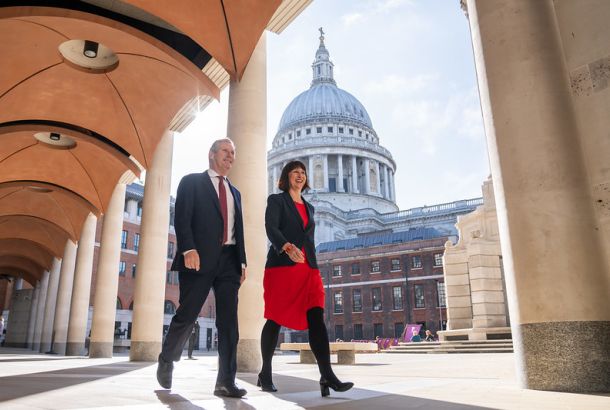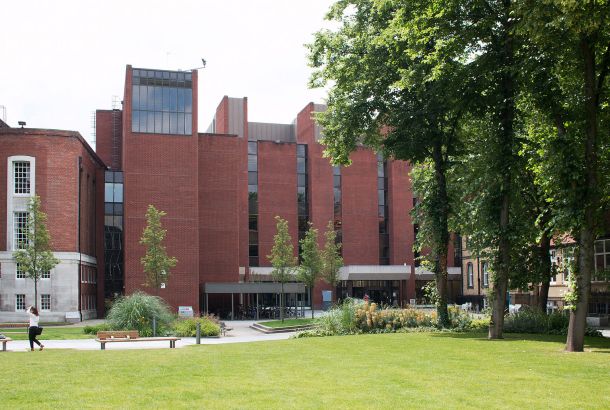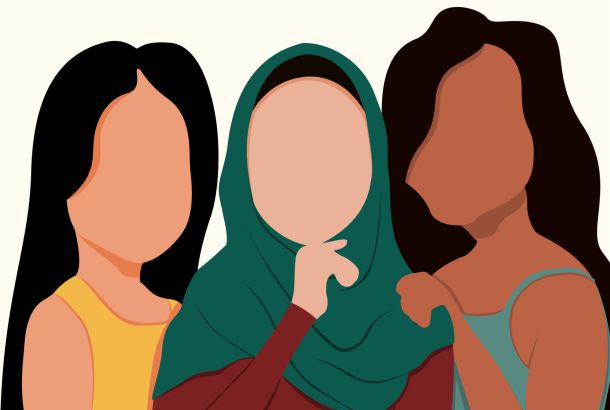#MeToo needs to include the male victims of sexual assault
By beckymcnutt

It is no secret that the subject of consent and sexual assault is a hot topic in today’s society. Recent allegations of sexual misconduct made against numerous powerful men have motivated a sense of deep injustice and prompted something of an alliance within society. People from various backgrounds have come together to fight for the right to our own bodies, and the bodies of those already so wrongfully abused.
Online responses such as the #MeToo movement and, more recently, #WhyIDidntReport, have shown a deep, and emotional response which has gained traction in the media. Victims have found strength in others to come forward and share their own experiences of sexual assault and rape. The current call for an FBI investigation into the allegations against Supreme Court nominee Brett Kavanaugh is a good indicator of the significance of such movements.
We’ve made leaps and bounds in our attitudes as a society, with things moving rapidly in the right direction. The only problem is, can it truly be said that this newfound awareness stretches to all?
The Crime Survey for England and Wales has shown that around 510,000 women aged 16 to 59 experienced sexual assault in 2017 alone. It is common knowledge that women are more often victims of sexual assault than men, however, this does not mean that men are not also victims. In 2017, 138,000 men aged 16-59 experienced sexual assault. Only 1 out of 6 male victims filed reports with the police.
While our current society has made great progress in encouraging women to come forward, sexual assault against men is still often marginalised and ignored. The recent pressure for better consent education within schools and universities, while much needed, usually caters only for sexual violence against women, by men. This exacerbates the lack of awareness which feeds the climate of toxic masculinity and often keeps male victims from coming forward.
This issue is especially topical at the university, as campuses and big cities such as Manchester both have much higher recorded rates of crime and sexual misconduct than other areas. A study by The Complete University Guide recorded 48.6 reported incidents of violence and sexual offences per 1000 students in Manchester last year. And while sexual offences against women may perhaps be more obvious, incidences of sexual violence against men are not always seen as such, swept over by years of socialisation into our male and female roles, where men are not victims.
The #WhyIDidntReport movement is perhaps most poignant for male victims, who face the fear of ridicule and the appearance of weakness. This is compounded by the threat of backlash from those who might see reports as an attempt to take attention away from women’s struggles. Schools and universities should be teaching students the equal injustice of sexual misconduct against anyone, regardless of gender, and paving the way for a safer space for both men and women to report.







